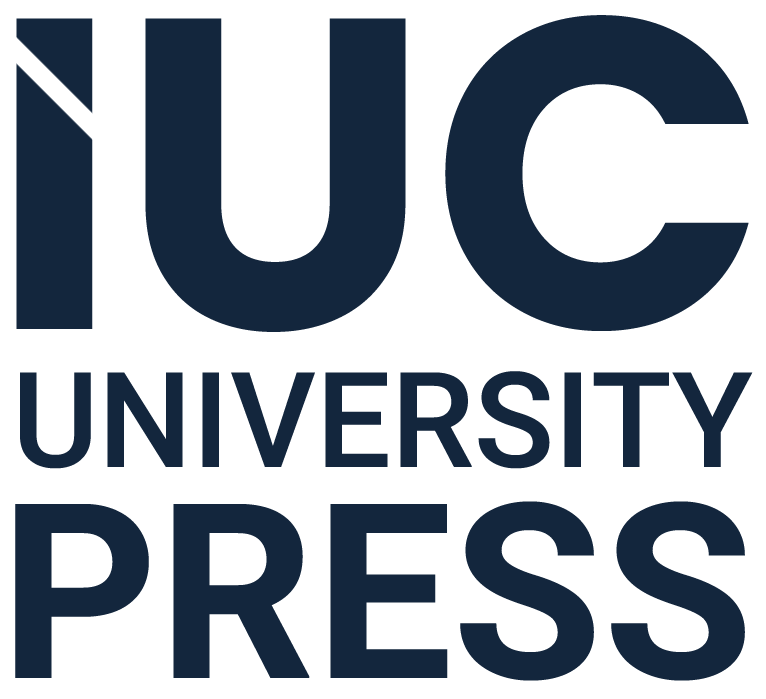Clinical Aspects Topographic Anatomy
On the occasion of the 100th anniversary of the foundation of our Republic, we planned to prepare three books within the scope of systematic anatomy and one within the scope of topographic anatomy, which are the parts of macroscopic anatomy, by our faculty members of the Anatomy Department of Cerrahpaşa Faculty of Medicine, and make them available to our students and physicians as a reference source.
Macroscopic anatomy, which is the branch of science that examines the forms of organs and formations that can be seen with the eye and their relationships with each other, has two sections: systematic and regional (topographic). In systematic anatomy, structures are divided into systems, while in topographic anatomy, the body is divided into regions. The structures within each region and their neighborhood relationships with each other are examined layer by layer from surface to deep.
Topographic anatomy section has an important place in the anatomy education given in Cerrahpaşa Medical Faculty Anatomy Department. It aims to enable our students to collect the information learned in systematic anatomy and to reach analysis and synthesis in the face of the problems they will encounter in the clinic.
Having a good knowledge of anatomy is the biggest assistant of the physician in the clinic. It ensures that the diagnosis and treatment methods and applications to be applied in the regions are done correctly. Structures and neighborhoods in the human body may show variations that may vary from person to person. Physicians should always keep these changes in mind.
In the book "Topographic Anatomy with Clinical Aspects", some very basic and necessary clinical information is simplified and briefly given without going into detail. Thus, it is aimed to emphasize how to benefit from anatomy knowledge in clinical applications.
We hope that this book, which we have presented in nine chapters, including upper extremities, lower extremities, back, head, neck, chest, abdomen, pelvis and perineum, and by adhering to the "terminologia anatomica" as much as possible, will be useful for our students and interested colleagues.
Happy 100th Anniversary!
Prof. Dr. Fatma Güler Kahraman Yıldırım

